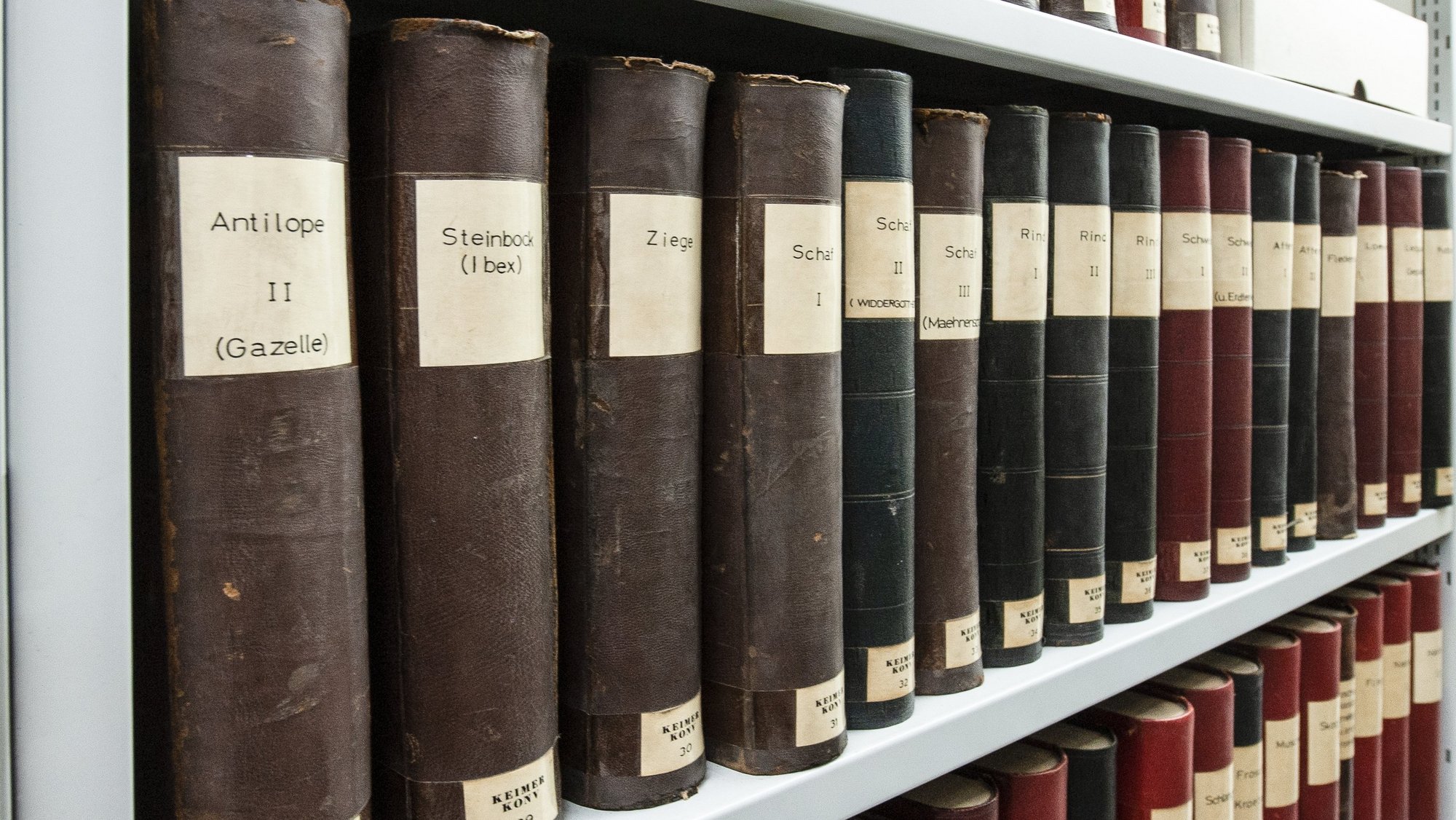Overview
During the refoundation of the DAI Cairo following the Second World War, the large private library of Ludwig Keimer (1892-1957) was acquired in May 1957. Shortly afterwards, following Keimer’s death, his academic bequest was also received. The extensive collection consists of various sub-inventories.
An initial survey of the scientific reference material was undertaken by E. Hornung, who, at the time was a researcher at the DAI Cairo. Later, H. Herzer created a bibliography on Keimer which remained unpublished, while the ethnologist R. Herzog studied the collection concerning the Bishari peoples in present-day north-eastern Africa. In 1966, G. Kircher (a researcher at the DAI Cairo for the Islamic Period at the time) began a detailed survey of the papers and registration of the collections. She established a card index for the entire inventory and sorted the scientific reference material into 176 large format boxes, the so-called “Konvolute”. The table of contents for these was published in MDAIK 1969. Almost 40 years later, in 2003, the librarian and Egyptologist I. Lehnert began work once again upon the Keimer Collection. In addition to conservation measures involving repacking using acid-free folders and archive boxes, the finding aids presently available are being checked and reworked into a digital index.
While an index by content is still in development, the Keimer Collection inspired an in-house publication series of the DAI Cairo: Since 2011, some of the material has been presented to a wider audience through “Menschen - Reisen - Forschungen: Wissenschaftsgeschichte aus Ägypten”. The Keimer Collection contains material collected by himself such as bibliographic records, correspondence, hand-written manuscripts of papers, extracts from literature, plates, drawings, and photographs, and a wealth of newspaper articles from local and foreign press, along with currently unpublished manuscripts from various individual academics. It is subdivided into five different subcollections, including, for example Keimer’s publications (Keimer-Kei 1 to 181). Over 200 of his publications are available as offprints, proofs, or manuscripts, often accompanied by additional material. A further poorly indexed subcollection is reference material (Keimer-Konv 1 to 174). Until now this has been stored in 176 wooden boxes and is presently being repacked. Some of Keimer’s original boxes with his original thematic labels have been preserved. Two thirds of these have themes taken from the Natural Sciences, while the other third reflects Keimer’s diverse interests. To these must be added the so-called Keimer supplements, which were only discovered following G. Kircher’s work, and are still to be integrated into the inventory.
A noteworthy addition to these are the works of other authors which were subsequently selected from Keimer’s library collections, and integrated into the archive (Keimer-[subject]-[A to Z]). These 600 or so scientific works by other authors were alphabetically arranged into 9 subject groups according to author, title, or an abbreviation. The majority of these concern botany and zoology, while the remainder falls into categories such as agriculture, diverse, ethnology, geological sciences, medicine, pharmacy, or intellectual history. A portion of the bequest of Max Meyerhof (1874-1945) also forms a part of the Keimer Collection (Keimer-Mey 1 to 301).

